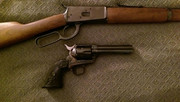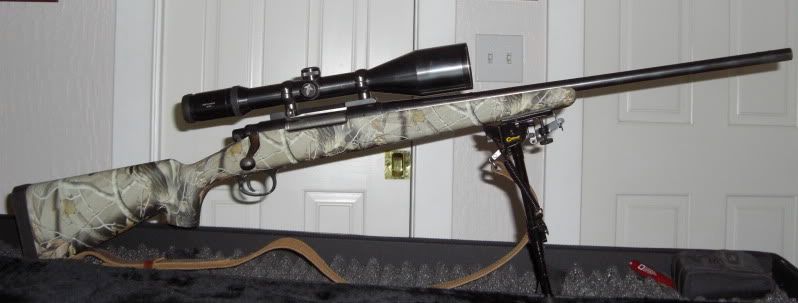I realize that the guns are famously great otherwise, and millions of people have used millions of the guns without problems, but a potentially dangerous device should be made in such a manner that 'worst-case-scenarios' are anticipated and handled! Guns get dirty, get dropped, exposed to inclement weather, and people don't always clean them. Worse yet, people don't always have them pointed in a safe direction. That's just the real world manufacturers need to deal with.
Now it may be true that every instance of accidental discharge with a Remington 700 was by a drunk guy who had just worked on his trigger with a Dremel tool and an axe, and I'm not absolving anyone of reckless gun handling, but it just doesn't seem sensible to have a mechanism which becomes unstable with grit or dirt, particularly if that instability is in the direction of dropping the firing pin more easily, perhaps without warning.
This article was posted by a litigator, so of course it has to be taken with a grain of salt, and undoubtedly somewhere out there is a 'rebuttal', but it sure got my attention.
<link> Remington 700 Trigger Commentary
I've always disassembled a new gun and checked how it works before shooting it, and in particular, tried the 'pull trigger when on safe, then release safety' test to look for the kind of bad 'timing' or whatever that causes such accidental discharges. I did have one gun that did that, and it went to the gunsmith immediately!
Unfortunately, it appears that with the design of the 700's trigger, it could pass that test one minute and misfire the next.
Anyway, just curious as to what 'rebuttals' you guys are reading on this...
(p.s. - on topic


